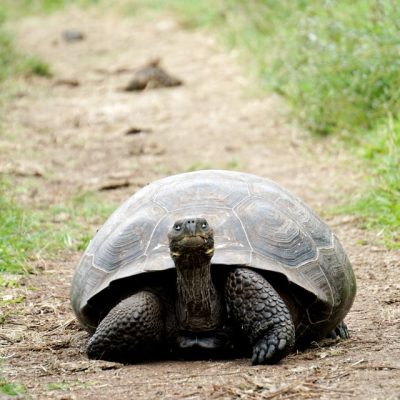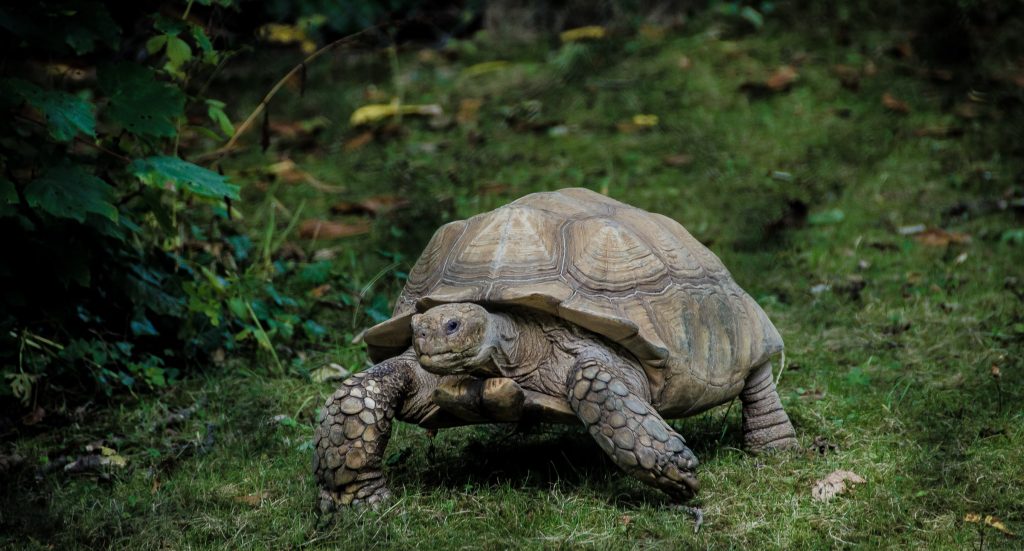Trivia: Which animal lives the longest?
Answer: The turtle


Turtles are reptiles with a unique bony or cartilaginous shell developed from their ribs. The top part of the shell is called the ‘carapace’, while the lower one is called ‘plastron’. These are joined together on the turtle’s sides by bridges, protecting the most vulnerable parts of a turtle’s body, namely, its organs. The two parts are also connected in front and behind by skeletal elements.
A hard shell is needed to protect turtles from predators. It’s an evolutionary response to terrestrial life as these reptiles spend most of their time on land. At the same time, their skin is relatively exposed to bruising and scratching. They are generally not easy prey for most predators.
The combination of skin, bones, scales, and shell is an impenetrable armor that protects turtles from almost any kind of injury. It also helps them survive in the wild even though some species (e.g., the softshell turtle) still get eaten by large predators.
But their shell is not just an attractive and protective feature, it also plays a vital role in turtles’ metabolism and another, more intriguing function. It stores calcium which these reptiles use to produce eggshells! Just imagine—each time a female turtle lays eggs, it uses the calcium reserves that have been previously deposited in its shell. These reserves are gradually depleted throughout the turtle’s entire life, which is essential for turtles’ longevity.
Interestingly, not all turtles have a carapace – some of them are shell-less. For example, leatherback sea turtles have cartilage structures in place of a shell.
On the other hand, Giant tortoises have enormous and robust shells on their backs. This rarely happens in modern turtles as they spend most of their time underwater. However, the plastron has not disappeared – it’s just next to useless for swimming because it is pretty small and flat. It serves as protection from other animals while the tortoise is on land.
So, turtles’ shell is imperative to these reptiles and their survival in general because it acts as armor, protecting them from all sorts of predators. The lifespan of the turtle is approximately 80 years.
They are fed on by predators such as birds, raccoons, foxes, dogs, and other large mammals. They lay their eggs in dune and the eggs are covered with sand to help protect them from predators such as coyotes and crows.


